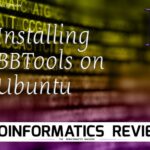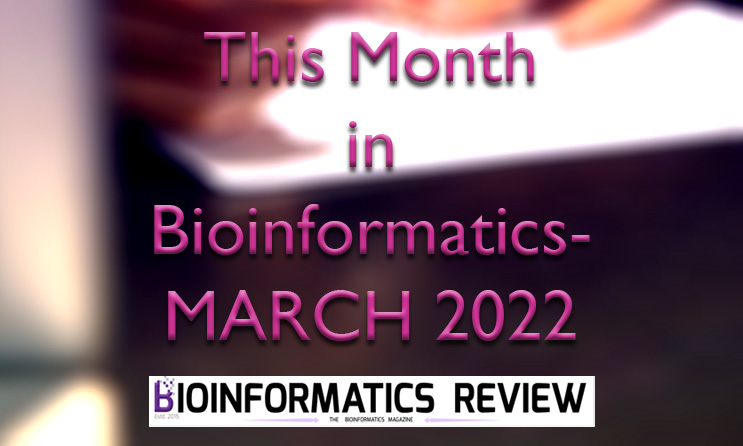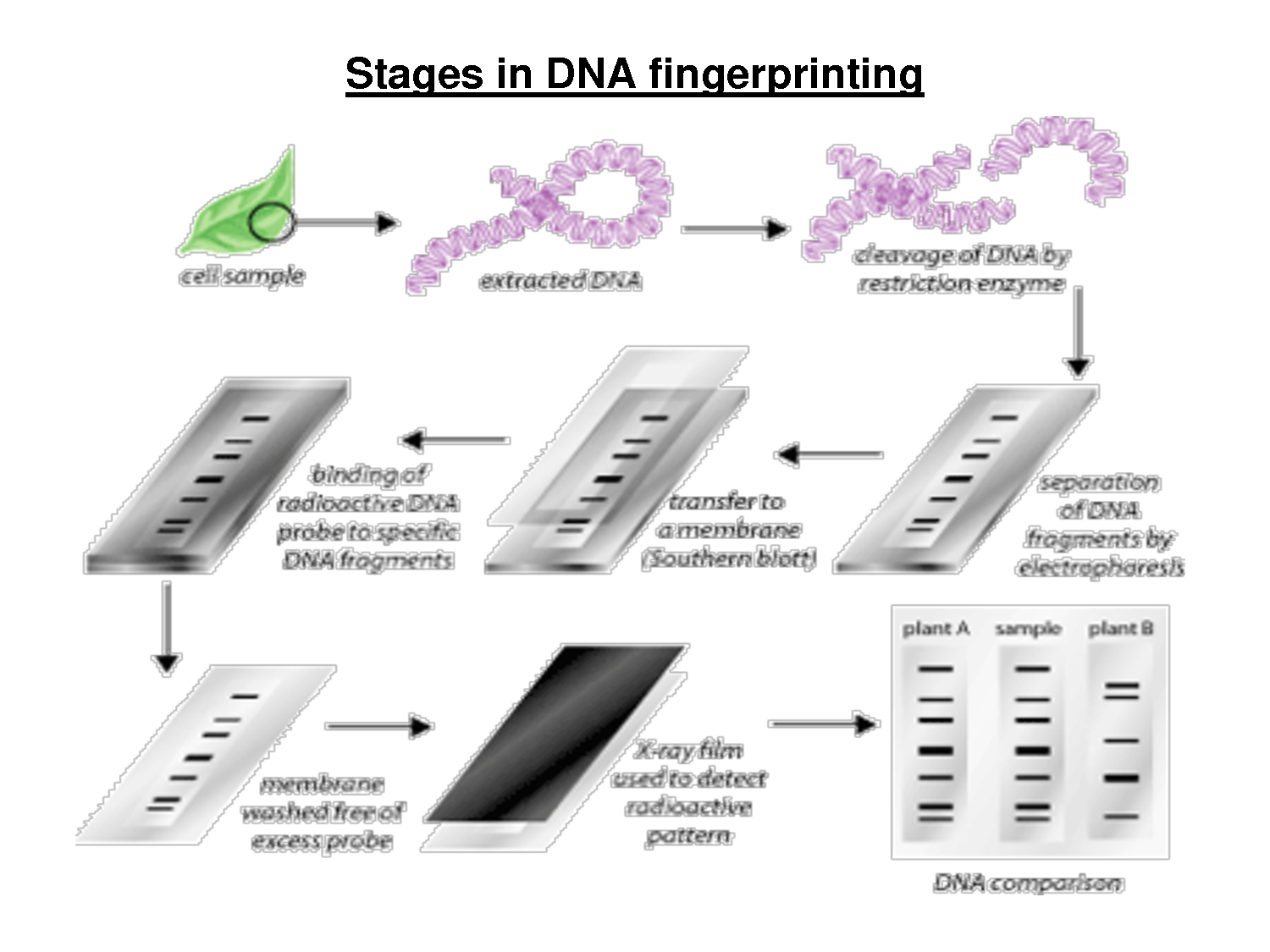Some of the important findings made this month in bioinformatics are mentioned in this article.
1. A new comprehensive resource for Kiwifruit genomes
A new comprehensive source of genome sequences of kiwifruit (Actinidia spp.) has been developed called Kiwifruit Genome Database (KGD) [1]. This database is freely accessible at http://kiwifruitgenome.org/. KGD currently comprises of publically available gene and genome sequences, transcriptome profiles from RNA-Seq datasets, gene annotations, biochemical pathways, and comparative analysis results including syntenic gene blocks and homologous gene pairs. Several analysis tools and visualization modules are provided for users including JBrowse [2] and NCBI-BLAST [3]. For more information, read here.
2. Perform easy virtual screening on a webserver
EasyVS is a web-based bioinformatics tool that simplifies the selection of the molecular library and its virtual screening [4]. Users can easily perform virtual screening of compound libraries with some clicks. Besides, it allows easy customization of docking parameters and visualization of docking results. EasyVS is freely accessible at http://biosig.unimelb.edu.au/easyvs. For more information, read here.
3. Convert regular 3D figures into stereo images
New software called Stereo3D has been developed by Liu et al. [5]. This software enhances the 3D representation of complex data involving lines and points. Stereo3D is an R package freely available at https://github.com/bioinfoDZ/Stereo3D. It provides images with good resolution in the form of PDFs. For more information, read here.
4. A high-performance computing resource for the bioinformatics community
ELIXIR-IT and CINECA have launched ELIXIR-IT HPC@CINECA, a high-performance computing resource for bioinformatics [6]. It allows large scale analyses of huge data generated from next-generation sequencing that helps in reducing the computation time. Users can easily carry out analyses using a command-line interface customized for bioinformatics analysis. For more information, read here.
5. New HPC-aware tool for RNA-editing analysis
A New HPC-aware tool called HPC-REDItool has been developed by Flati et al [7]. It allows easy editing of large-scale RNA-Seq data. This tool is faster than the previous version of REDItool [8]. Additionally, it implements three novel features including data optimization, dynamic interval analysis, and parallelization. It is freely accessible at https://github.com/BioinfoUNIBA/REDItools2. For more information, read here.
6. A new workflow for online analysis of protein-ligand docking
PLIDFlow [9] is an online workflow that facilitates online analysis of protein-ligand docking using galaxy [10]. It processes protein-ligand complexes from identifying binding sites to predicting binding affinities and poses. It runs using the Galaxy platform. Besides, it implements several other programs including Autodock4, OPenBabel, Autogrid, Autodock Vina, PDBbind database, and AutoLigand. PLIDFlow is freely accessible at https://pistacho.ac.uma.es/galaxy-bitlab. For more information, read here.
That is all for the main latest research done in bioinformatics this month.
References
- Yue, J., Liu, J., Tang, W., Wu, Y. Q., Tang, X., Li, W., … & Zhao, K. (2020). Kiwifruit Genome Database (KGD): a comprehensive resource for kiwifruit genomics. Horticulture Research, 7(1), 1-8.
- Skinner, M. E., Uzilov, A. V., Stein, L. D., Mungall, C. J., & Holmes, I. H. (2009). JBrowse: a next-generation genome browser. Genome research, 19(9), 1630-1638.
- Madden, T. (2013). The BLAST sequence analysis tool. In The NCBI Handbook [Internet]. 2nd edition. National Center for Biotechnology Information (US).
- Pires, D. E., Veloso, W. N., Myung, Y., Rodrigues, C. H., Silk, M., Rezende, P. M., … & Ascher, D. B. (2020). EasyVS: a user friendly web based tool for molecule library selection and structure-based virtual screening. Bioinformatics.
- Liu, Y., Singh, V. K., & Zheng, D. (2020). Stereo3D: using stereo images to enrich 3D visualization. Bioinformatics, 36(14), 4189-4190.
- Castrignanò, T., Gioiosa, S., Flati, T. et al. (2020). ELIXIR-IT HPC@CINECA: high performance computing resources for the bioinformatics community. BMC Bioinformatics 21, 352.
- Flati, T., Gioiosa, S., Spallanzani, N., Tagliaferri, I., Diroma, M. A., Pesole, G., … & Castrignano, T. (2020). HPC-REDItools: A Novel HPC-aware Tool for Improved Large Scale RNA-editing Analysis. bioRxiv.
- Picardi, E., & Pesole, G. (2013). REDItools: high-throughput RNA editing detection made easy. Bioinformatics, 29(14), 1813-1814.
- Ulzurrun, E., Duarte, Y., Perez-Wohlfeil, E., Gonzalez-Nilo, F., & Trelles, O. (2020). PLIDflow: an open-source workflow for the online analysis of protein-ligand docking using Galaxy. Bioinformatics.









